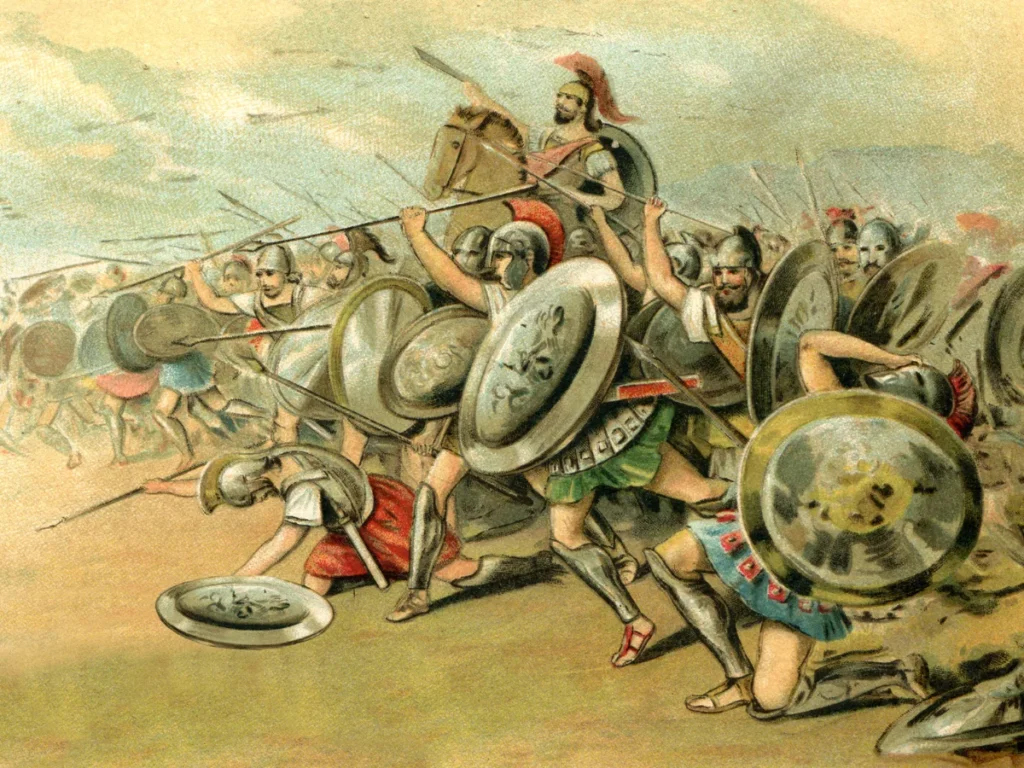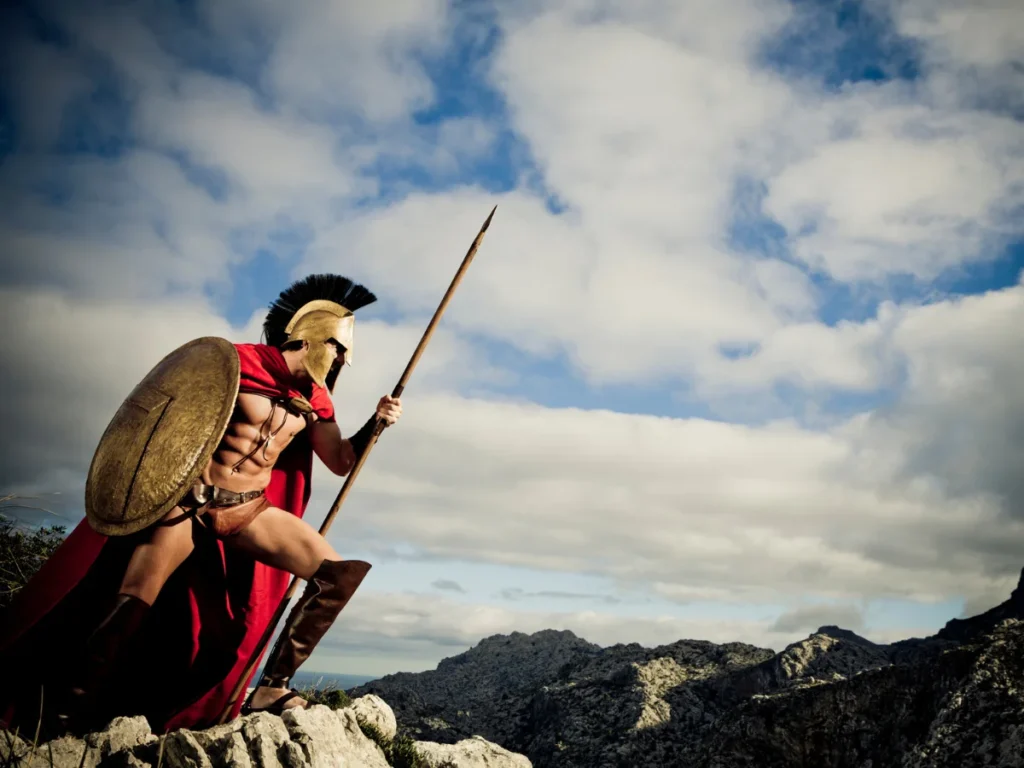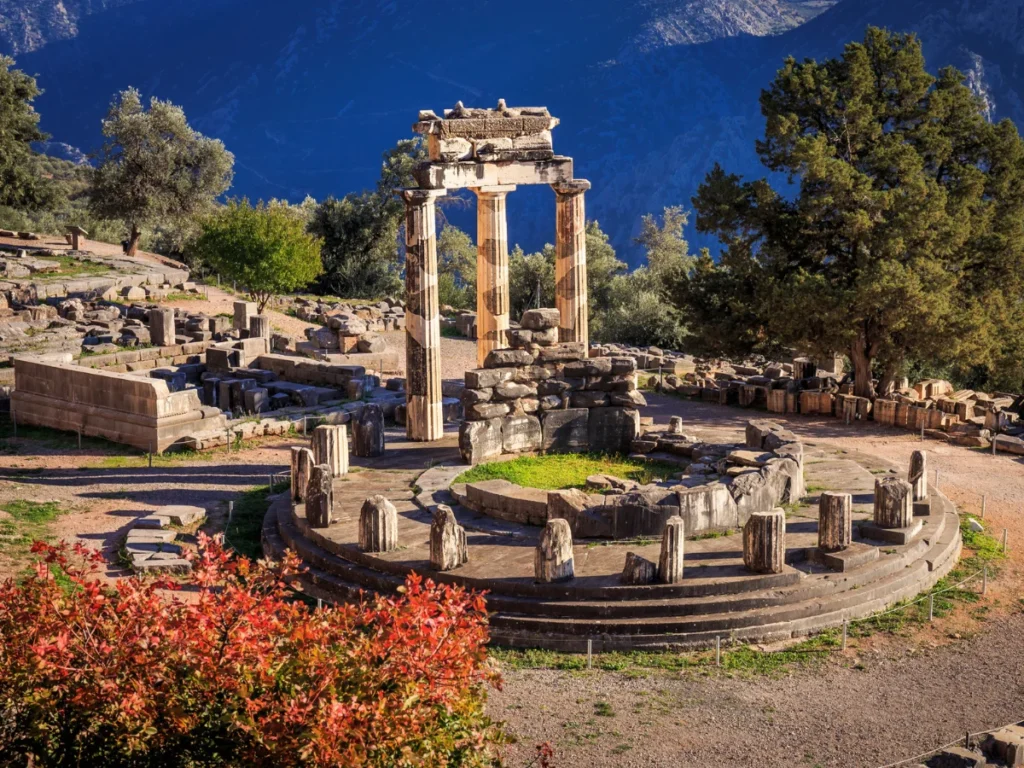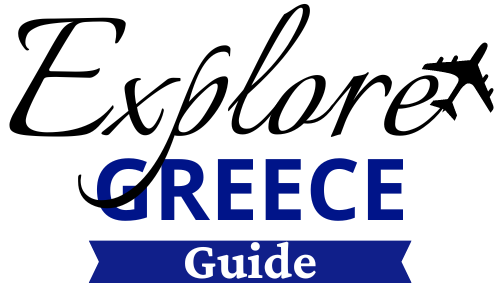Different ancient greek battle tactics on land and sea
Here are some different ancient greek battle tactics on land and sea. Ancient Greece employed diverse battle tactics on land and sea. On land, the hoplite phalanx formation, with its sturdy shield wall, was a hallmark, complemented by cavalry and light infantry. At sea, triremes dominated with their swift maneuverability and boarding tactics. These tactics showcased Greek adaptability but had their own set of advantages and disadvantages, contributing significantly to the outcomes of battles and wars in ancient Greece.

Different ancient greek battle tactics on land and sea
Ancient Greece, with its varied terrain and vast coastline, employed distinct battle tactics on land and sea that set it apart from other civilizations of the time. These tactics had their advantages and disadvantages, shaping the outcomes of many battles and wars.
Land Battles
Phalanx Formation
The hoplite phalanx formation, with its interlocked shields and spears, was a hallmark of Greek land warfare. Hoplites, citizen-soldiers, formed a tightly packed shield wall, advancing methodically. This formation offered excellent defense but limited mobility.
Cavalry and Light Infantry
Greek armies also included cavalry and light infantry. Cavalry provided speed and maneuverability, while light infantry, armed with javelins, offered versatility in skirmishing. These units complemented the hoplite phalanx.
Advantages
- The phalanx’s defensive prowess provided a strong shield against enemy attacks.
- Greek hoplites‘ discipline and cohesion were formidable on the battlefield.
- Cavalry and light infantry allowed for tactical flexibility.
Disadvantages
- The phalanx’s lack of mobility made it vulnerable to flanking maneuvers.
- Greek armies often struggled with a lack of heavy cavalry, which limited their offensive capabilities.
- The requirement for citizen-soldiers meant that the size of armies could be limited.
Naval Battles
Trireme Warfare
Greek naval warfare prominently featured the trireme, a swift and agile warship propelled by oarsmen. Triremes relied on ramming tactics to disable enemy vessels.
Boarding and Marines Greek naval forces also employed boarding tactics. Skilled marines, known as epibatai, would board enemy ships and engage in hand-to-hand combat.
Advantages
- Triremes were highly maneuverable, capable of rapid changes in direction.
- Boarding tactics allowed for close-quarters combat, where Greek hoplites excelled.
- Greece’s extensive coastline and islands made naval power a strategic advantage.
Disadvantages
- Triremes were expensive to build and maintain, limiting the size of the Greek fleet.
- Naval battles depended on skilled rowers and marines, requiring extensive training and resources.
- Greek naval tactics focused on ramming and boarding, leaving them vulnerable to long-range attacks.
In conclusion, different ancient Greek battle tactics on land and sea showcased the adaptability and innovation of this ancient civilization. While their land warfare emphasized the strength of the hoplite phalanx, their naval prowess lay in the agility of triremes and boarding tactics. These tactics played pivotal roles in the conflicts of the ancient Greek world, leaving a lasting legacy in the annals of military history.
More History

Language/literature
In ancient Greece, language and literature flourished, producing timeless works like the epics of Homer and the dramas of playwrights like Sophocles. These literary treasures continue to influence the world today.

Sparta
Sparta, a formidable and famous city-state in ancient Greece, was renowned for its military prowess and strict societal structure. With a focus on discipline and training, it stood as a symbol of Greek martial excellence.

Zeus
Zeus, the supreme deity of Greek mythology, reigned as the king of gods from Mount Olympus. With his thunderbolt, he wielded unparalleled power and authority in the ancient Greek pantheon.
